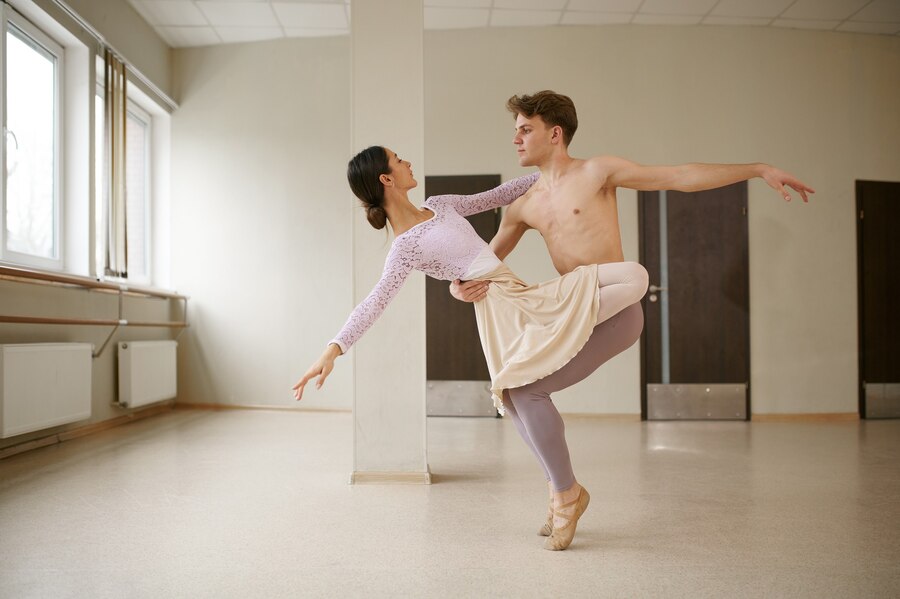Introduction
In the world of dance, attire is as crucial as technique, providing the necessary support and freedom of movement required for performance. For male dancers, the dance belt is an essential piece of attire, ensuring comfort, support, and a smooth silhouette under tights and costumes. This article explores the purpose, design, and importance of the dance belt in ballet and other dance forms.
Purpose and Importance
- Support and Protection: The primary function of a dance belt is to provide support and protection for male dancers’ genitalia. The rigorous movements in dance, especially in ballet, require secure support to prevent discomfort and injury.
- Appearance: Dance belts help create a smooth, streamlined appearance under tights and costumes. This is important not only for aesthetics but also for maintaining the integrity of the dancer’s lines and movements, which are crucial in ballet and other dance disciplines.
- Confidence and Performance: Wearing a dance belt can significantly boost a dancer’s confidence, knowing that they are securely supported. This allows them to focus entirely on their performance without worrying about discomfort or wardrobe malfunctions.
Design and Features
- Construction: A dance belt is typically constructed with a sturdy waistband and a supportive pouch for the genitalia. The back is usually a thong design, which minimizes visible lines under tight-fitting dancewear.
- Materials: Dance belts are made from materials that provide both support and comfort. Common materials include spandex, lycra, and cotton blends. These fabrics offer elasticity, breathability, and moisture-wicking properties, essential for long hours of practice and performance.
- Types of Dance Belts:
- Full Seat Dance Belt: Offers more coverage and resembles a brief. Preferred by dancers who want extra support and coverage.
- Thong Dance Belt: The most common type, providing minimal coverage in the back to avoid visible lines under tights.
Choosing the Right Dance Belt
- Size and Fit: Selecting the correct size is crucial for comfort and support. A dance belt should fit snugly around the waist without being too tight. The pouch should provide adequate support without causing compression or discomfort.
- Fabric and Comfort: Dancers should choose a dance belt made from breathable, moisture-wicking fabric to stay comfortable during intense physical activity. Some dance belts come with additional padding or ergonomic designs for enhanced comfort.
- Personal Preference: Ultimately, the choice of a dancebelt depends on personal preference and the specific requirements of the dance style. Dancers should try different styles and brands to find the one that offers the best combination of support and comfort.
Caring for a Dance Belt
- Washing and Maintenance: It is best to follow the manufacturer’s instructions, which typically recommend hand washing or machine washing on a gentle cycle with mild detergent.
- Replacement: Like any piece of dancewear, a dancebelt will eventually wear out and lose its elasticity and support. Dancers should replace their dance belts regularly to ensure continued support and comfort.
Conclusion
The dance belt is an indispensable item in the wardrobe of male dancers, providing essential support, protection, and confidence. Its specialized design addresses the unique needs of dancers, allowing them to perform with ease and precision. Whether for ballet, contemporary dance, or other forms of dance, the dancebelt plays a critical role in ensuring that male dancers can perform at their best, both in practice and on stage.







